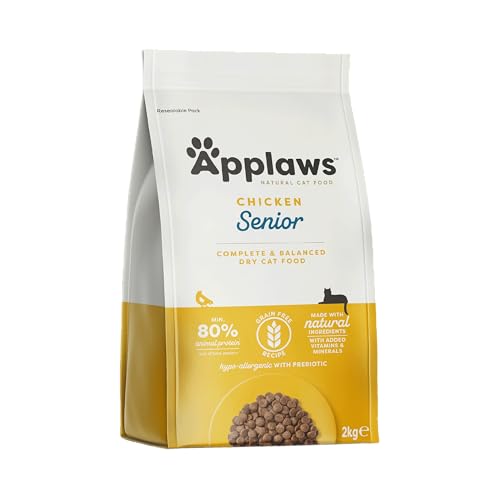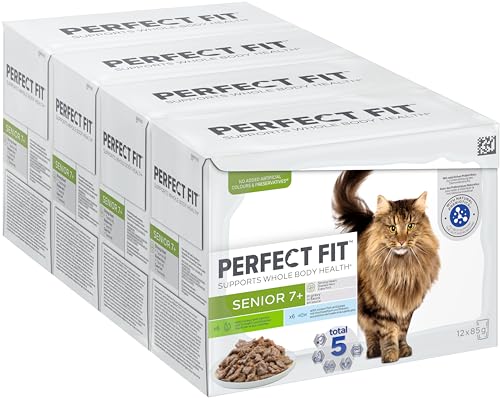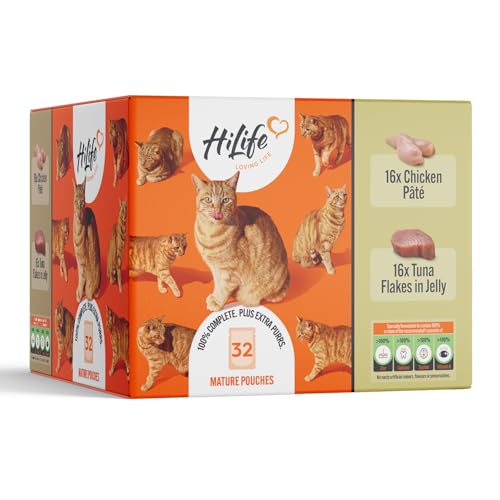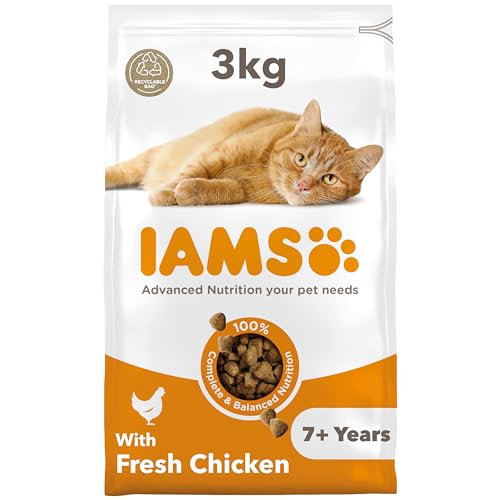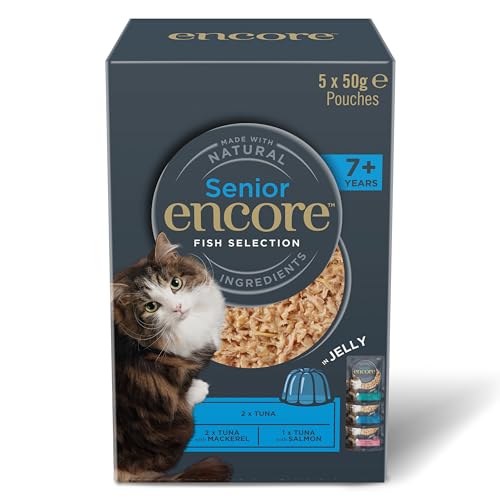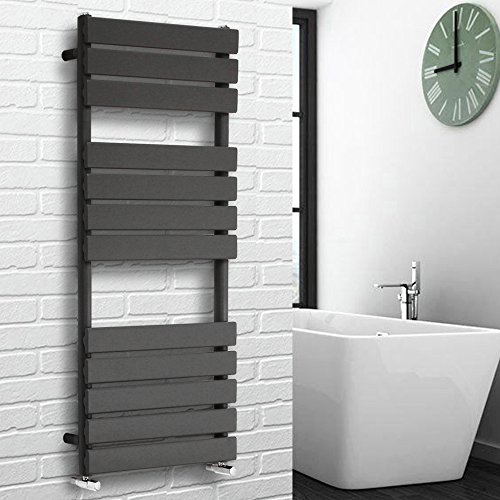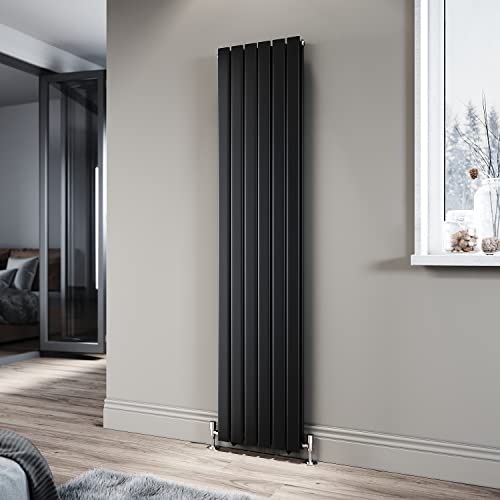Understanding the Nutritional Needs of Senior Cats
The Unique Dietary Requirements of Older Cats
As our feline friends age, their nutritional needs change significantly. Senior cats typically require fewer calories because their metabolism slows down. However, they still need a balanced diet rich in high-quality protein to maintain muscle mass, support organ function, and provide energy. Additionally, senior cats often benefit from diets enriched with vitamins and minerals, particularly antioxidants, essential fatty acids, and hydration to help with digestive health. We want to highlight that older cats may be more prone to obesity, making portion control and nutrient-rich foods essential.
Hydration is Key for Senior Cats
Another critical aspect of nutrition in senior cats is hydration. Many older cats are at risk of urinary tract issues and kidney disease, so it’s vital to ensure they consume enough fluids. Wet cat food can be an excellent option as it contains a higher moisture content compared to dry food. If your cat prefers dry food, consider adding water or low-sodium broth to encourage drinking water.
Top Ingredients to Look For in Senior Cat Food
High-Quality Protein Sources
When selecting food for a senior cat, we recommend looking for high-quality protein sources, such as chicken, turkey, or fish as the first ingredient. These proteins are essential for maintaining muscle health and overall vitality. Avoid foods with unspecified meat by-products or fillers, which do not provide the same nutritional benefits.
Added Vitamins and Minerals
In addition to high-quality proteins, the best senior cat foods should include added vitamins and minerals. Ingredients such as taurine, which is crucial for heart health, and omega-3 fatty acids to support joint health and cognitive function are essential. A variety of fruits and vegetables can also provide necessary antioxidants and fibre, supporting overall health.
Analyzing the Best Senior Cat Food Brands on the Market
Reputable Brands to Consider
When browsing the options available, consider reputable brands known for their commitment to quality. Brands that focus exclusively on pet nutrition often have tailored formulas that cater to the specific needs of senior cats. Look for companies that use high-quality ingredients, have positive customer reviews, and provide detailed information on their food formulas. We recommend researching brands that your vet may suggest, as they will have insight into the products that work well for senior cats.
Variety in Formulas and Flavours
It’s beneficial to choose brands that offer a variety of formulas and flavours, as senior cats can be picky eaters. A selection that includes options for different health concerns, such as weight management or sensitive digestion, can also help you cater to your cat’s unique needs. When analyzing brands, look for those that provide clear ingredient sourcing and nutritional information on their packaging.
Factors Influencing Your Senior Cat’s Food Selection
Health Conditions and Dietary Restrictions
Each senior cat may have individual health concerns such as diabetes, allergies, or renal issues, which can significantly affect food selection. Consulting with your veterinarian is crucial in identifying these specific needs. They can recommend dietary restrictions and suggest products that align with your cat’s health condition, ensuring you are providing the best possible nutrition.
Texture and Palatability Preferences
Senior cats may also gravitate towards specific textures or flavours, which influence their willingness to eat. Soft, moist foods might be more appealing to those with dental issues or older cats who prefer softer bites. Offering a range of textures, such as pâtés, shreds, and crunchy kibble, allows you to discover what your cat likes best while meeting their nutritional needs.
Practical Tips for Transitioning Your Cat to New Food
Gradual Change is Key
When introducing new food, it’s important to do so gradually. Start by mixing a small amount of the new food with your cat’s current food, slowly increasing the new food’s proportion over a week or two. This can help minimise digestive upset and encourage your cat to try the new food without feeling overwhelmed.
Monitor Your Cat’s Response
As your cat transitions to new food, observe their behaviour and health closely. Look for any signs of digestive issues, changes in appetite, or altered energy levels. If your cat shows reluctance or negative reactions to the new food, consult your vet for alternative options that may be more suitable.



